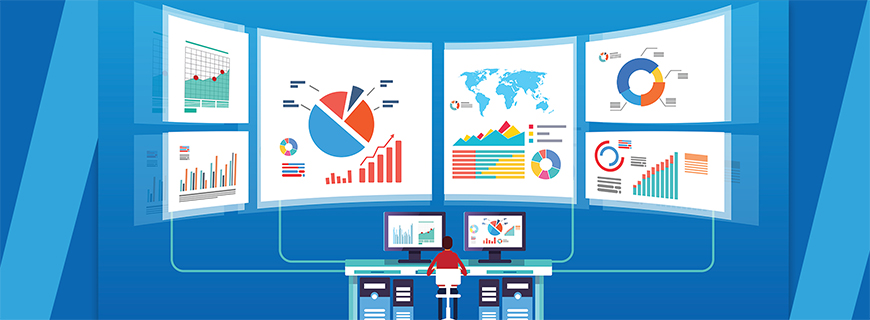
Marketing Insights
Advertising people who ignore research are as dangerous as generals who ignore enemy signals.
– David Ogilvy
Marketing research is essential to a successful marketing campaign. This information needs to be done on two levels. Primary information is the research that you do for yourself or have an employee do. Secondary information is provided by government agencies and other organizations that offer market information. Once this information is collected, it will determine the appropriate price point, product development, and your target audience.

Consume All Media
Research must be thorough to provide insight. Review all the media that relates to your market carefully. This includes information that is provided by social media. Primary and secondary research is necessary when conducting market research. There are five basic methods to employ in primary market research:
Primary Information
Surveys: A survey is a traditional marketing tool that is still effective in marketing research. Surveys can be completed, in person, over the phone, through the mail, or online. The larger the group surveyed, the more accurate the results will be.
Focus groups: Focus groups are meetings led by moderators with scripted questions to learn customer feedback concerning products, promotions, etc. There should be at least three different focus groups.
Personal interviews: Personal interviews are more subjective than focus groups. The results are not conclusive, but they provide information about shifts in customer attitudes.
Observation: Pay attention to the shopping habits of consumers. Track buying habits when possible. This will provide insight into purchasing trends.
Trials: Test new merchandise and price points to determine the customer response. Testing will help prevent changes or merchandise that conflict with the needs of customers.
Secondary Information is available from different organizations, and it is abundant. When examining secondary information, it is necessary to choose the most reliable sources.
Secondary Information Sources:
- News and media
- Government agencies
- Market publications
- Competitor reports
- Market researchers

Find the Right Price
Price is a main factor that determines what customers will purchase. Competitive pricing is particularly important on the internet where consumers can easily compare prices between sites. When it is impossible to provide the lowest price point, it is essential that companies rely on a reputation for quality or expertise. An understanding of floor and ceiling pricing is also necessary in order to find the correct price.
A price ceiling is the highest price that can be charged for a product. This is often the result of a government regulation such as rent control. The price floor is the lowest price that may be charged for a product. When the price floor is high, consumers are less likely to buy, so production should be limited. Always be aware of any price floors or price ceilings that affect your market. A price control can result in a shortage or excess.
Other things to be aware of when finding the price include:
Quantity: When you maximize sales, it is possible to have a lower price point on each item.
ROI: Prices may be set for a specific return on investment. The price may be higher and requires a loyal customer base.
Value to customers: When a product is of value to consumers, they are willing to pay more for it.
Popular prices: People are willing to pay familiar price points such as $19.99. People are often unwilling to go above these price points.

Product Development and Improvement
Marketing research is an important part of product development and improvement. In today’s fast paced environment, it is necessary to stay ahead of market trends. Research will determine customer needs and guide development of new products as it improves current products. For example, a carmaker might add a new feature based on customer feedback. There are different stages and methods of product development.
Stages and Methods:
Generate Ideas: Research, for example from a focus group or survey, provides information to start generating ideas to develop and improve products.
Develop Features: Use the ideas generated to develop features for a new or existing product that meets customer needs.
Develop the Product: Combine the features and ideas to create a new and/or improved product.
Test the Product: Once the product is developed, test it to determine consumer interest and price.
Identify Your Target Audience
It is impossible to meet the needs of every consumer. This is why it is necessary to determine who your target audience is and how you can best meet their needs. You can determine your target market based on the following criteria:
- Age
- Gender
- Income level
- Education level
- Location
- Use of technology and the internet

Once the target audience is identified, you can research their expectations to guide your product development, pricing, and marketing methods. For example, an internet marketing campaign would be a waste of time for a target audience that does not use the internet regularly.
Practical Application
The local company, Media Inc. saw a shift in the popularity of their products, which indicated a change in their customer base. Action movies and romantic comedies were their mainstays the previous years, making up 65% of the sales. Now, children’s and family movies made up the bulk of their rentals, accounting for 72% of the sales. Action movies and romantic comedies now only accounted for 20% of her sales. After the CEO examined primary and secondary information, she learned that the middle class in the town was growing. Additionally, more young couples were having children. To understand her target audience better, she collected as much information about her customers as she could find. She used the research to guide her as she updated her movie collection.





